Key Highlights
- AI is democratizing creativity by enabling anyone to create professional-quality content through natural language commands, breaking down barriers of technical skill, expensive software, and formal training.
- Quality standards are rising simultaneously with accessibility—as more people produce polished content, professional-quality output becomes baseline expectation rather than competitive advantage, creating content saturation challenges.
- Adobe’s AI Assistant combines conversational creation with granular control, allowing layer-specific editing and seamless transitions between AI automation and hands-on refinement while maintaining creative control.
- The competitive edge shifts from technical expertise to originality, with authentic storytelling, unique perspectives, and emotional intelligence commanding premium value as AI handles execution tasks.
- AI-powered curation becomes essential for navigating content-flooded environments, with personalization and relevance trumping volume as audiences demand meaningful content tailored to their specific interests.
Artificial intelligence is fundamentally transforming how we create content, ushering in an era where professional-quality output is no longer the exclusive domain of trained designers and writers. Adobe’s Govind Balakrishnan, Senior Vice President and GM of Adobe Express, recently highlighted this seismic shift, noting that while AI lowers the barrier to content creation, it simultaneously raises the bar for consumption quality and amplifies the demand for genuine originality. This paradox forms the crux of the creative revolution currently underway—one that offers unprecedented accessibility while challenging traditional notions of artistry, authenticity, and competitive advantage.
The Democratization of Creativity: Breaking Down Barriers
The most immediate impact of AI-assisted content creation is the democratization of creative tools that were once prohibitively complex or expensive. Adobe Express, equipped with its new AI Assistant, exemplifies this transformation by enabling users to create and modify designs through simple natural language commands. Instead of mastering intricate software interfaces, users can now describe what they want—”make this pop” or “give this a tropical vibe”—and watch their designs transform in real-time.
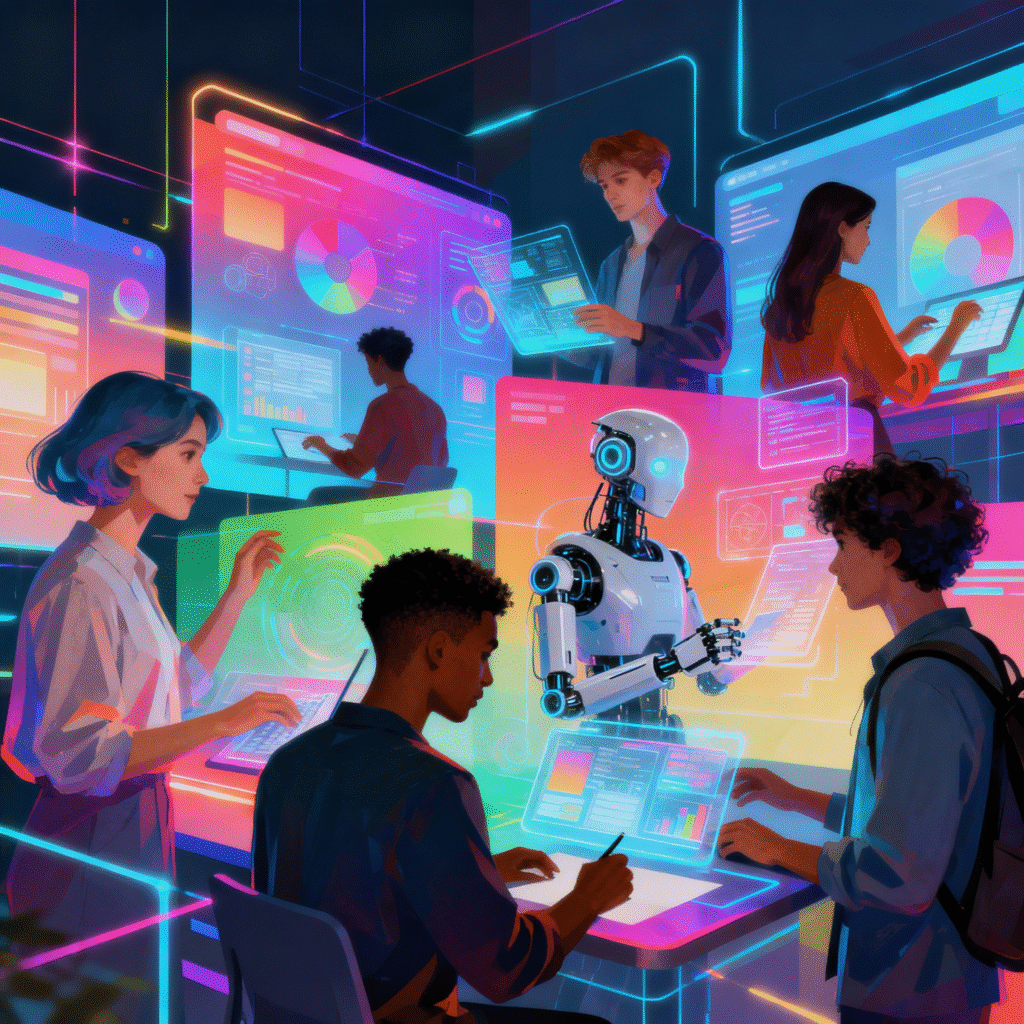
This shift represents more than convenience; it’s a fundamental change in who can participate in creative activities. According to research, AI tools enable individuals without formal design training to produce content they previously couldn’t create, with over 81% of creators utilizing generative AI for projects that would have been impossible otherwise. The technology has moved creativity from technical execution to creative direction, allowing people to focus on their vision rather than the mechanics of bringing it to life.
Adobe’s vision explicitly targets this accessibility gap. “We are lowering the bar to creativity by making content creation very easy for everyone,” Balakrishnan explained during the Adobe Max 2025 conference. The underlying belief is simple yet profound: everyone has a story to tell, and AI now provides the medium to share it. Traditional barriers such as expensive software licenses, years of training, and specialized equipment are melting away.
The Evolution of Content Quality: Rising Standards and Emerging Concerns
The democratization of content creation, however, comes with a significant caveat. As more people gain access to professional-quality tools, the overall standard of content in the marketplace rises dramatically. Balakrishnan articulated this paradox clearly: “We are lowering the bar to creativity by making content creation very easy for everyone but at the same time, we are going to see that the bar to consumption is actually going to go up”.

This creates a fascinating dynamic where accessibility and quality standards increase simultaneously. When anyone can produce polished content, professional-quality output becomes the baseline expectation rather than an impressive achievement. The marketplace is experiencing what some experts call “content saturation,” where the sheer volume of AI-generated material—which could account for 30% of all marketing content by 2025 and potentially 90% of online content overall—threatens to overwhelm audiences.
The quality versus quantity debate has intensified in this environment. Research shows that while AI enables rapid content production, much of it lacks substance and relevance. A medical website that recently churned out blog post after blog post of AI-generated content illustrates the problem: in the noise created by volume, valuable and relevant content easily gets lost. Studies further reveal that AI-generated content, while efficient, often produces formulaic output that feels uninspired and lacks genuine creativity.
The risk of homogeneity looms large. When multiple creators use similar AI tools with similar training data, the resulting content tends to converge toward common patterns. Research published in Nature Human Behaviour found that generative AI enhances individual creativity but reduces collective novelty—writers produce better stories individually, but those stories are more similar to each other than human-created content. This creates a social dilemma where individuals benefit from AI assistance while the creative ecosystem as a whole experiences narrowing diversity.
Adobe’s AI Innovations: Natural Language Meets Creative Power
Adobe’s response to this evolving landscape focuses on combining accessibility with sophisticated control. The AI Assistant in Adobe Express, launched in October 2025, represents a new generation of conversational creative tools. Unlike traditional template-based design platforms, this assistant interprets subjective prompts and adjusts individual design layers—fonts, backgrounds, images—without disrupting the overall composition.
The technical architecture distinguishes Adobe’s approach from competing tools. Users can modify specific elements while preserving unchanged components, avoiding the need to regenerate entire designs when making adjustments. The assistant draws on Adobe’s content intelligence and creative best practices learned from professional designers to interpret ambiguous requests. For instance, someone requesting a “more tropical” aesthetic will see the assistant replace mountain imagery with foliage, surface saturation controls, and present color pickers with relevant tropical palettes. techbuzz

Importantly, Adobe’s platform maintains a hybrid design philosophy. Users can seamlessly transition between conversational creation with the AI Assistant and hands-on editing with traditional tools like sliders and color selectors. This approach recognizes that while AI can accelerate workflows and remove obstacles, creative professionals often want granular control over specific elements. As Adobe CTO Ely Greenfield explained, “They act like capable teammates—taking on the work that distracts you from your craft, so you can accomplish more while staying firmly in creative control”.
The platform also supports layer-specific editing capabilities, allowing users to generate edits on any design layer while keeping the rest intact. This functionality addresses a common frustration with generative AI tools that require complete regeneration for minor adjustments. The AI Assistant can even handle multi-step requests that typically require combining several Express features, such as resizing, reformatting, or converting static designs into animations.
Impact on Traditional Skills and the Role of Artists
The proliferation of AI creative tools inevitably raises questions about the value of traditional artistic skills and the future role of professionally trained artists. Balakrishnan addressed this concern by noting that the current phase of generative AI is “great news” for democratizing content creation, even as it transforms what skills command premium value in the marketplace.
The shift is from technical expertise to originality and genuine storytelling. When anyone can execute professional-level techniques through AI, the competitive edge moves toward creativity, curation, and narrative skill. Professional designers and artists must now differentiate themselves not through mastery of software tools—which AI increasingly handles—but through their unique perspectives, cultural insights, and ability to tell compelling stories.
Research examining creative professionals’ responses to generative AI reveals mixed reactions. Artists acknowledge that AI tools like Adobe Firefly accelerate ideation, copywriting, and image production, thereby shortening turnaround times and broadening idea pools. However, they also highlight persistent shortcomings, including formulaic tone, shallow emotional resonance, and inconsistent visual detail. The consensus among creative professionals is that effective AI use depends on precise prompt engineering and rigorous human editing.
The concept of “artistic skill” itself is evolving. A study on AI style transfer found that while these tools successfully copy aesthetic fragments, they struggle with content-style disentanglement and lack the contextual understanding that human artists bring. Professional illustrators reported that AI-generated work, though visually impressive, often misses nuanced meaning and emotional depth. This limitation creates opportunities for artists who can provide what AI cannot: authentic human experience, cultural context, and emotional intelligence. hbr
Rising Importance of Curation and Personalization
As the volume of content explodes, the ability to filter, curate, and personalize becomes increasingly critical. The challenge of navigating a world flooded with content has made AI-powered curation tools essential for both creators and consumers.
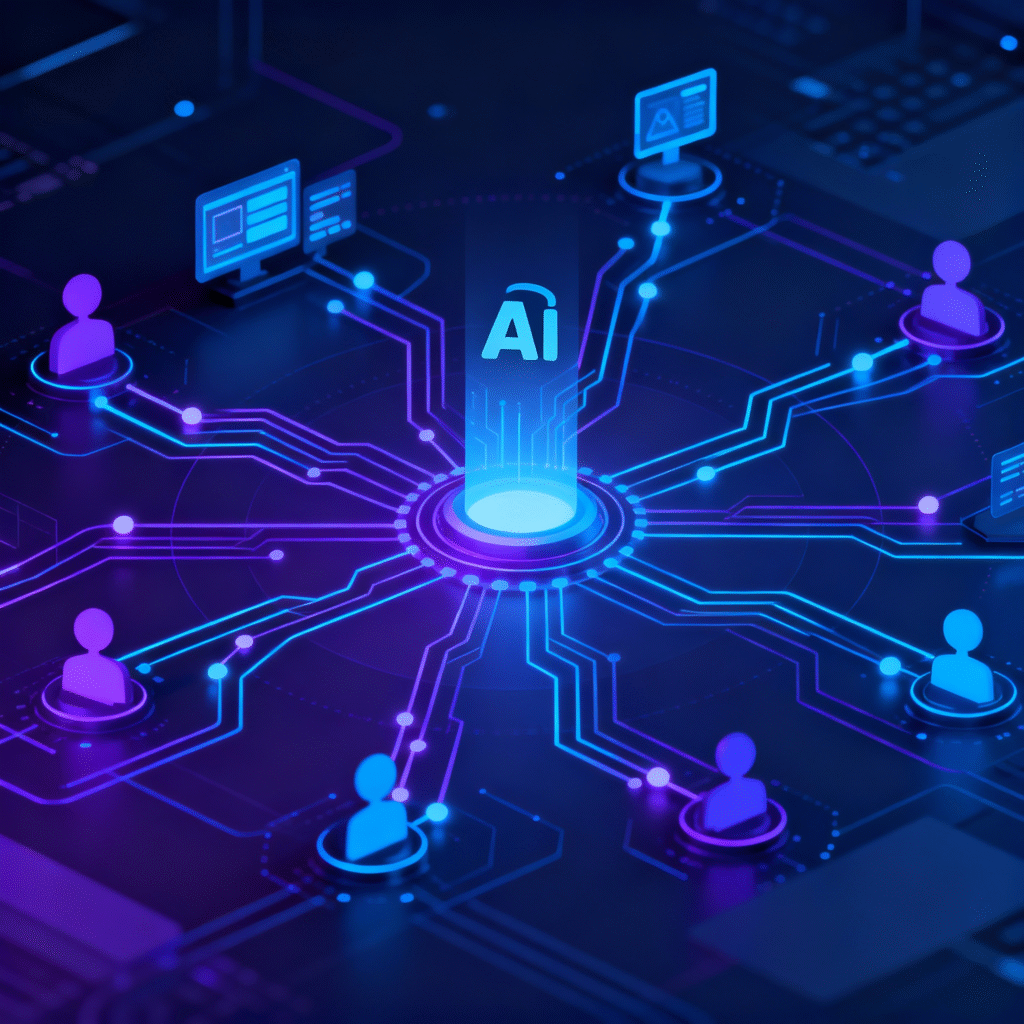
AI-based content curation uses machine learning and natural language processing to automate content discovery, filtering, tagging, and delivery at scale. Rather than humans manually searching for relevant articles or videos, AI continuously scans thousands of sources, filters out low-quality or irrelevant pieces, and prioritizes content based on recency, authority, and topic relevance. Platforms like Feedly, Quuu, and Scoop.it have emerged as leading solutions, offering features ranging from AI-powered discovery to automated social media posting.
The personalization aspect extends beyond simple keyword matching. Modern AI curation tools analyze user behavior to predict preferences, implement real-time content adjustments based on interactions, and create cross-channel personalized experiences. This capability addresses a fundamental truth of the AI content era: more content doesn’t attract readers; the right content for the right audience does. Companies must shift from a volume-first approach to a quality-first strategy underpinned by rigorous audience understanding.
Consumer expectations are evolving accordingly. As professional-quality, personalized content becomes common, audiences increasingly demand meaningful content that speaks directly to their interests and needs. Generic, mass-produced material—even when technically polished—fails to engage audiences who have learned to recognize and dismiss formulaic AI output. The premium shifts toward content that demonstrates genuine understanding of audience pain points, cultural context, and unique perspectives.
Future Trends and Strategic Considerations
Looking ahead, several trends are poised to shape the AI-assisted content creation landscape. Industry predictions suggest that by 2030, AI will be at the forefront of content production, revolutionizing storytelling, music composition, and media personalization. Gartner predicts that 90% of online content could be AI-generated by 2030, fundamentally transforming digital media interactions.
Authenticity and originality will command growing premiums in this environment. As AI-generated content proliferates, audiences will increasingly value content that demonstrates genuine human insight, cultural understanding, and unique perspectives. Research indicates that AI-generated content often lacks the emotional intelligence, creativity, and authenticity that human writers bring, making these qualities more valuable.
The convergence of creativity and productivity trends presents opportunities for forward-thinking organizations. Adobe is integrating AI-first capabilities into Express to foster creativity and amplify communicative impact for business growth. Other platforms are following suit, with tools that combine generative AI with semantic understanding to deliver contextual recommendations.
However, significant challenges remain. Content authenticity poses ongoing concerns, with audiences becoming more skeptical of AI-generated material. Brands that are transparent about AI usage maintain trust, while those attempting to mask it risk consumer pushback. Verification challenges complicate matters further, as traditional fact-checking methods prove less effective for AI content.
The risk of over-automation and loss of human touch also looms large. While AI can handle routine content creation tasks, over-reliance on these tools can lead to skill deterioration and content that feels generic or uninteresting. Organizations must strike a careful balance, using AI to enhance human creativity rather than replace it.
Decision-Making Takeaways: Essential Questions for Adoption
Before adopting AI-assisted content creation tools, businesses and creators should consider several critical questions:
What balance should be struck between quantity and quality? The answer depends on your specific goals and audience. While AI enables rapid content scaling, research shows that high-quality, relevant content generates 9.5 times more leads than low-quality, non-targeted material. Content published consistently gets 40% more traffic, but only when it provides genuine value. The key is building systems that maintain quality while scaling thoughtfully.
How to maintain originality and brand identity? AI tools can inadvertently dilute brand voice if not carefully managed. Best practices include defining comprehensive visual and voice guidelines, training AI on your actual brand content, implementing human review gates, and creating feedback loops that improve over time. Purpose-built platforms that learn your brand are more effective than generic AI tools requiring manual enforcement.
How will audience expectations shift in a post-AI content world? Audiences are already adapting to AI-generated work, with growing ability to recognize formulaic output and increasing demand for authentic, personalized content. Successful content strategies will focus on usefulness and quality over word count or volume. Standing out requires producing content that resonates emotionally, demonstrates cultural awareness, and provides unique value.
Organizations should also consider infrastructure and workflow integration. Maintaining brand consistency requires documented standards, automated checks, real-time feedback systems, and practical training programs. The goal isn’t creating brand experts but making compliance easy so consistency becomes the default choice.
Embracing Technology While Investing in Human Creativity
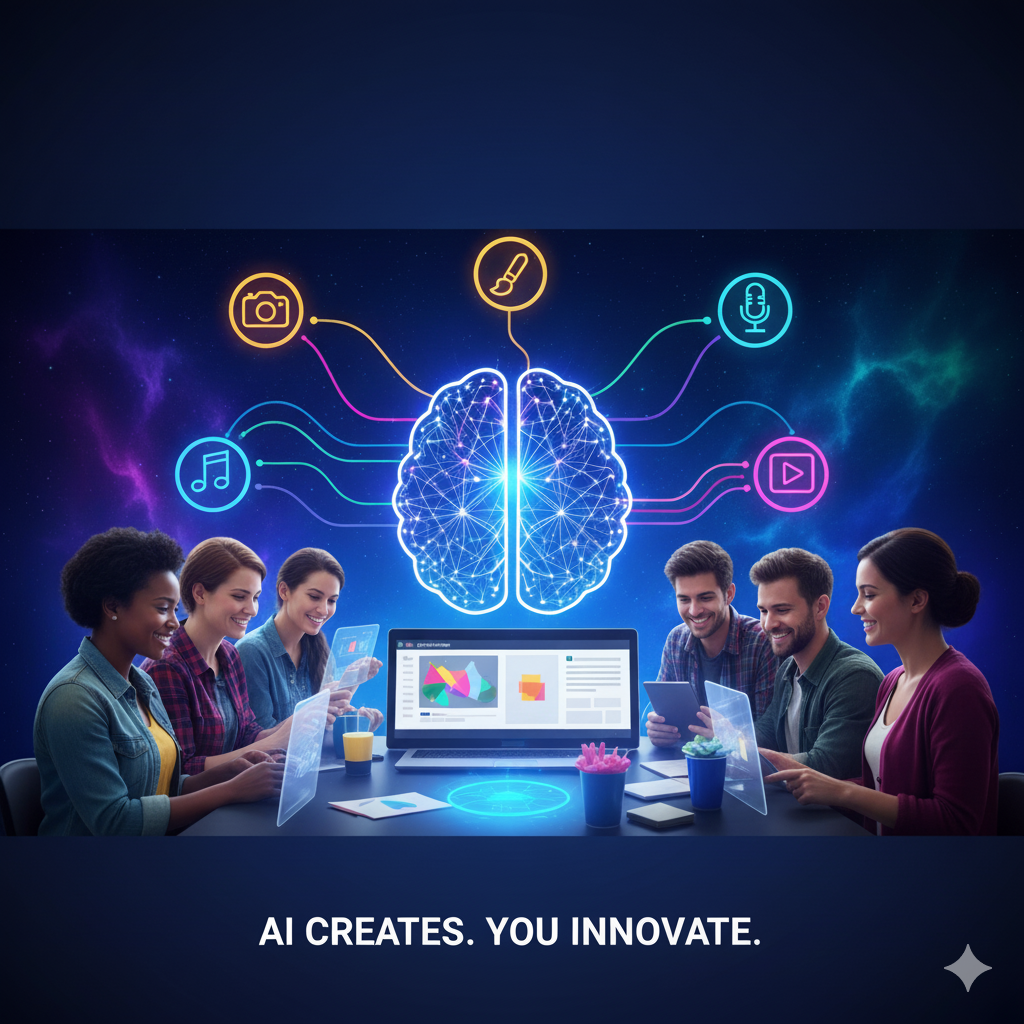
The AI-assisted content creation revolution presents a dual-edged promise. On one side, unprecedented accessibility empowers millions to express themselves creatively and tell their stories. Tools like Adobe Express democratize design, enabling small businesses, educators, solopreneurs, and hobbyists to create professional-quality content. The efficiency gains are real—tasks that once took days now complete in minutes.
On the other side, rising quality standards and content saturation make standing out more challenging than ever. As the baseline for professional output rises, genuine originality, cultural insight, and authentic storytelling become the true differentiators. The creative professionals who thrive will be those who use AI as a collaborative partner to amplify their unique human capabilities rather than viewing it as a replacement for creativity.
The future belongs to those who can navigate this paradox effectively—embracing AI’s efficiency and accessibility while investing in the distinctly human qualities that machines cannot replicate. Organizations that build thoughtful systems for AI integration, maintain rigorous quality standards, and foster authentic human creativity will be well-positioned to succeed in the evolving content landscape.
What role will you play in this creative revolution? Will you leverage AI to amplify your unique perspective and reach audiences previously beyond your grasp? The tools are here, accessible and powerful. The question is no longer whether to adopt AI-assisted content creation, but how to use it strategically while preserving the authenticity and originality that make your voice matter. The conversation has just begun—share your thoughts, experiences, and insights as we collectively shape the future of creativity in the AI age.
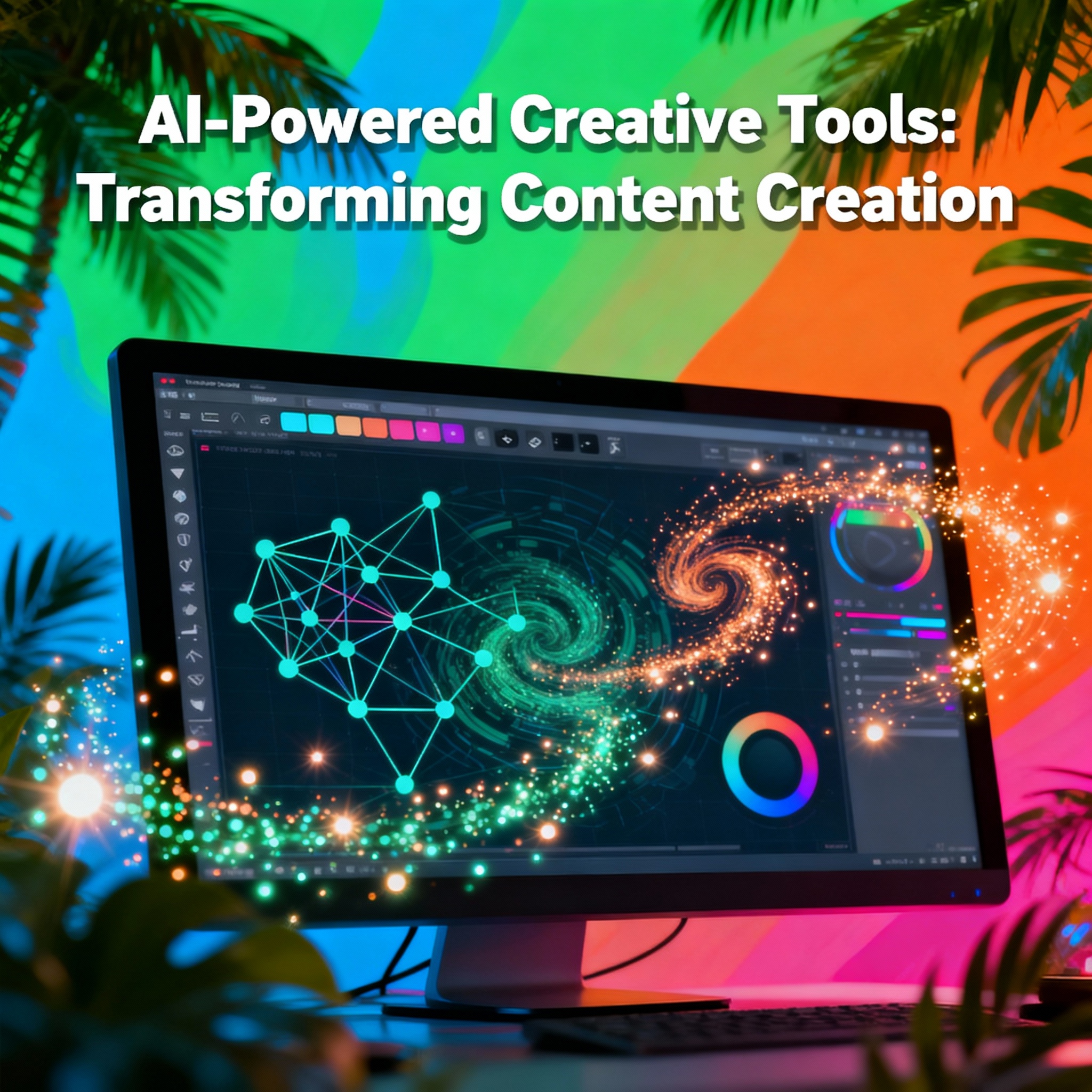




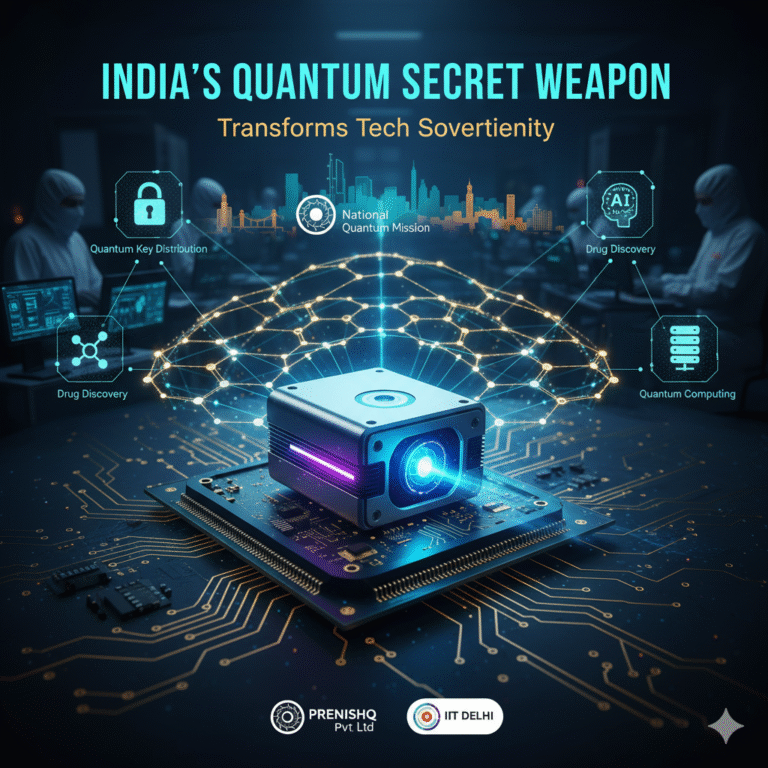

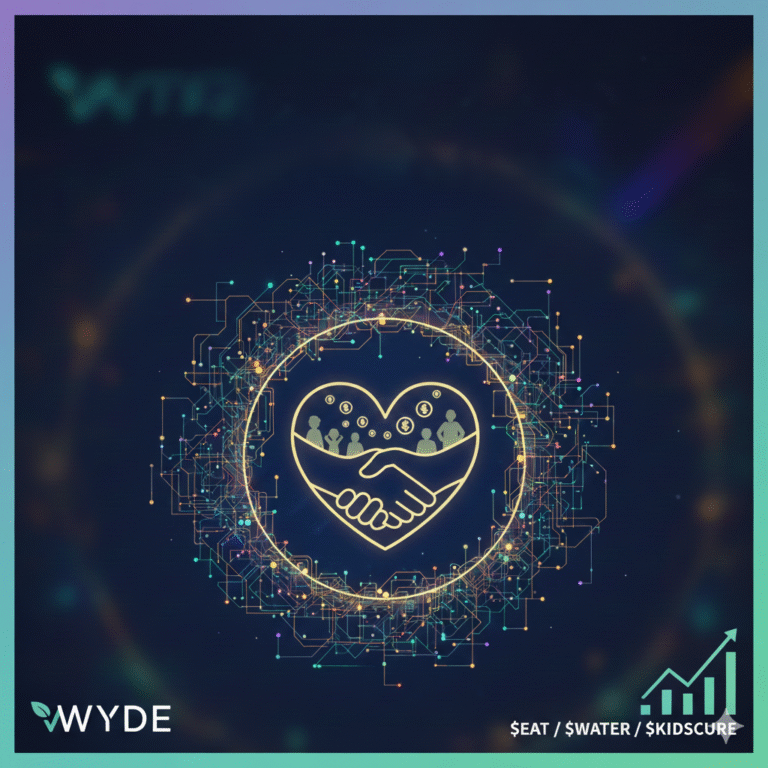

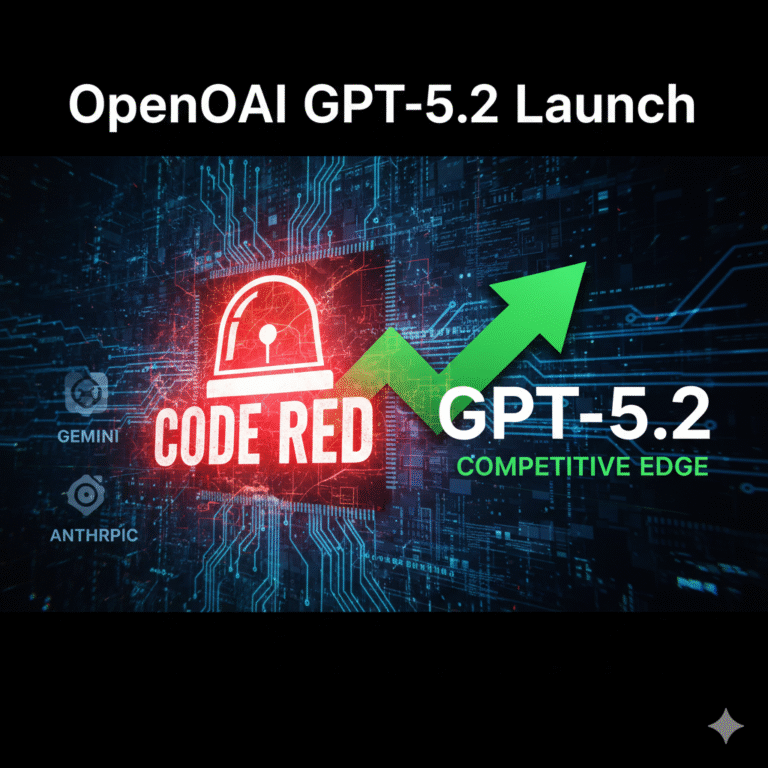
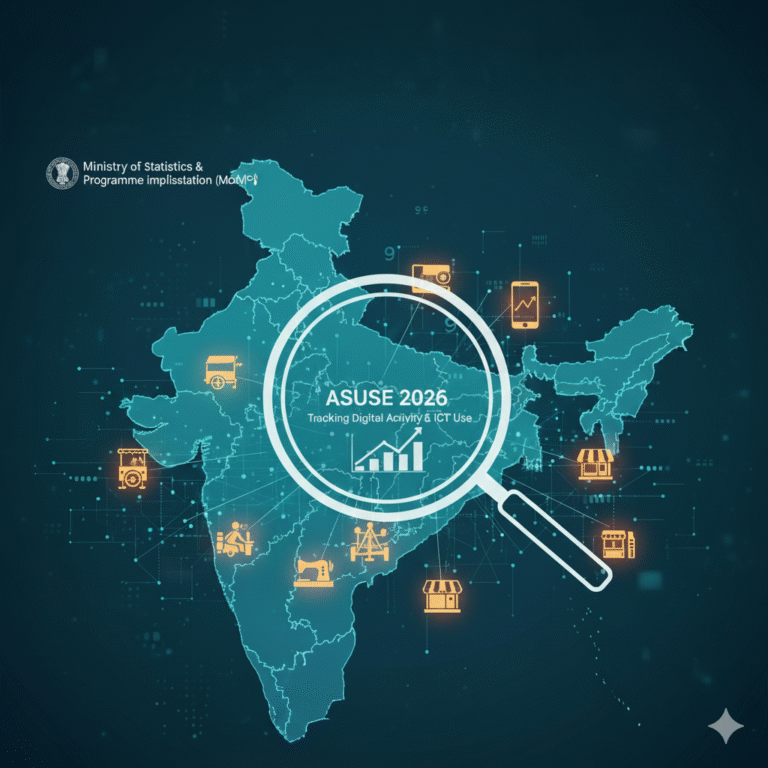
+ There are no comments
Add yours